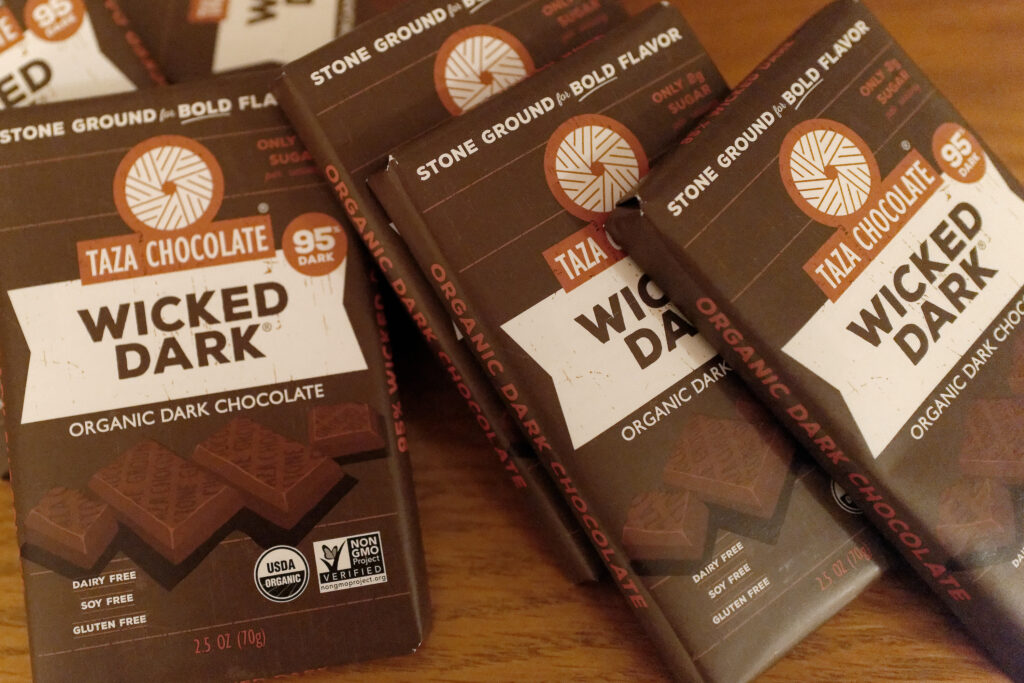The answer depends upon your tastebuds and eating habits. In July 2013, following a diabetic health scare, I voluntarily adopted a low-carb, low-sugar diet—and the latter isn’t easy, given how much sugar is added to everything. According to the U.S. Food & Drug Administration, “For most Americans, the main sources of added sugars are sugar-sweetened beverages, baked goods, desserts, and sweets”. I stopped eating all these things seven years ago. Granny Smith Apple is my main treat; dark chocolate is the other.
In a relatively recent change, the FDA requires “added sugar” to be included on a packaged food’s Nutrition Label along with the overall total—the remainder being naturally occurring. The amounts can be staggering. For example, in a half-cup (130 grams) of Bush’s Baked Beans (original recipe) there are 12 grams of sugar —11 of them added, for 22 percent of the daily recommended total of 50 grams if consuming a 2,000-calorie diet. But other organizations recommend much less intake. The American Heart Association guidance is no more than 25 grams of added sugar per day for women and 36 grams for men. Ladies, one cup of Bush’s would fill your daily quota.
In a 43 gram-size Hershey Milk Chocolate Bar, which is considered one serving, there are 24 grams of sugar. For women, the single snack would blow out their entire recommended consumption for the day. Confectioners market dark chocolate as a lower-sugar alternative, which would be important to diabetics or anyone health conscious. But the greater percentage of Cocoa, the more bitter the taste without something added—like, eh, sugar!
In a Ghirardelli 72% Cacao Twilight Delight Bar there are 7 grams—six of them added—of sugar per 25 gram serving (2 pieces). Lindt Excellence 85% Cocoa Dark Chocolate Bar packs 4 grams of sugar, all of it added, per 30-gram serving (3 pieces). Both are quite bitter—and, I would guess, for most people acquired tastes. By contrast, Hersey’s Special Dark Mildly Sweet packs 22 grams of added sugar per 41-gram bar (one serving). Yikes!
During the early days of my dietary change, I sampled dozens of dark chocolates in search of one with good taste and low sugar. My delight is Taza 95% Wicked Dark. The Somerville, Mass. chocolatier stone grounds (whatever that means) the bars, giving them a unique, gritty texture that lingers flavor in your mouth. Wicked Dark is uniquely tasteful Cocoa without being sweet.
Taza’s 95% Cocoa bar has 2 grams (all added) of sugar per 35-gram half-bar. A serving of either the aforementioned Hershey’s Dark or Milk contains about 10 times more added sugar per comparable portion. Stop. Think about that.
Healthline’s excellent primer, “Seven Proven Health Benefits of Dark Chocolate” is worth reading for incentive to start treating yourself to something like Wicked Dark.
I stocked up on the bars during the early days of the SARS-CoV-2 (severe acute respiratory syndrome Coronavirus 2)—better known as COVID-19—pandemic. Ah, quite a few remain to be eaten. Admittedly, I may have let Prepper primers on YouTube overly influence me.
I used Leica Q2‘s dedicated Macro Mode to capture the Featured Image this evening. Vitals: f/2.8, ISO 10000, 1/125 sec, 28mm; 8:25 p.m. PST.
